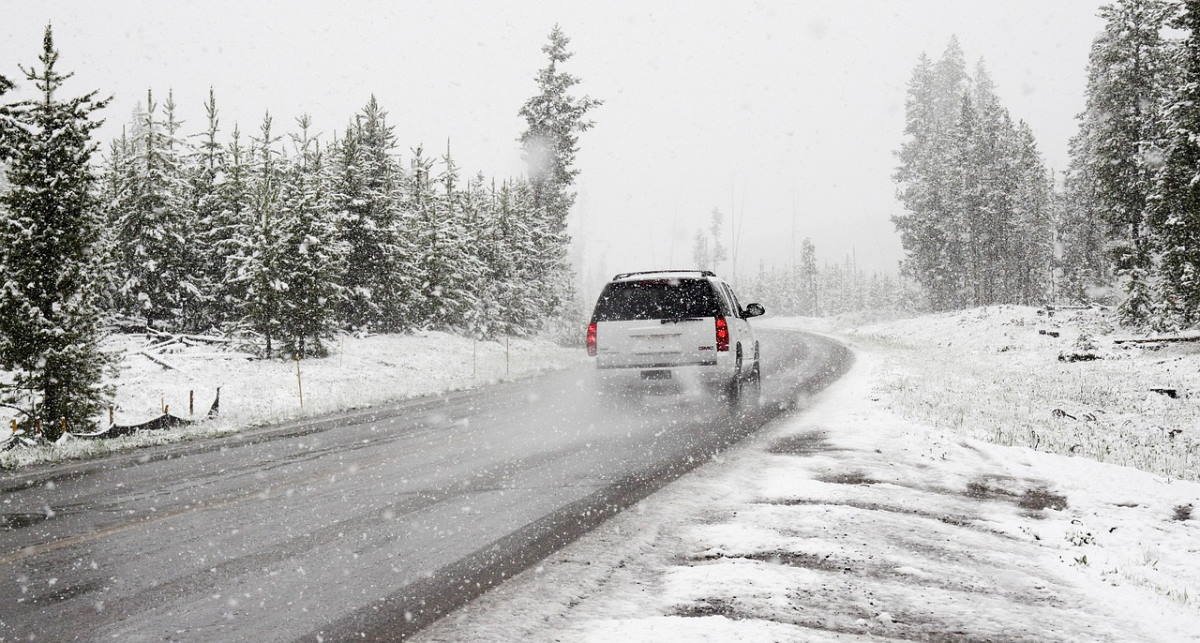Immigrants’ Guide to Driving Schools in Ontario
Moving to Canada offers a blend of challenges and adventures, among which is the decision to attend driving schools in Ontario, particularly for immigrants. For those with extensive road experience in their home countries, the idea of enrolling in a training process may seem unnecessary at first.
However, adapting to driving in Ontario, Canada goes beyond simply getting used to a new set of roads. It involves gaining a deep understanding of a distinct driving culture, adhering to unique traffic laws, and learning to navigate a variety of challenging weather conditions.

Why Driving Schools in Ontario are Essential for Newcomers
Understanding Local Driving Laws
Driving schools in Ontario offer comprehensive training that covers the fundamentals of driving and specific regulations, such as speed limits, right-of-way rules, and winter road precautions.
This training is crucial for newcomers, as even experienced motorists from abroad may find Ontario’s laws, road signs, and traffic signals unfamiliar.
For example, the allowance of right turns on red lights in Ontario may differ from regulations in their home countries.
Driving schools play a pivotal role in bridging these knowledge gaps, providing detailed lessons on local traffic laws. This education is vital for avoiding fines, demerit points, and enhancing road safety.
Adapting to Different Road Conditions
Ontario’s diverse climate demands preparation for conditions ranging from heavy snowfall to rainy weather.
Driving schools offer practical lessons on safely navigating harsh winter conditions, including snowstorms, black ice, heavy snowfall, and dense fog. They emphasize the importance of being prepared, with training on using winter tires, vehicle maintenance, and controlling a vehicle in slippery conditions-key factors in reducing the risk of accidents.
Enhancing Driving Skills and Confidence
For many immigrants, driving in Canada may introduce them to new road features, such as extensive highway systems, and unique traffic rules for school buses and snow plows.
Professional instructors at driving schools build the necessary skills and confidence to navigate these new experiences, ensuring that newcomers feel comfortable and secure behind the wheel.
Meeting Licensing Requirements
Ontario’s graduated licensing system requires newcomers to pass through multiple stages to obtain a full license. Driving schools offer structured programs that prepare students for both the written and practical exams, providing valuable insights into the licensing process.
Insurance Benefits
Completing a certified driving course can lead to lower car insurance rates for newcomers, as insurance providers recognize the value of formal driving education. While the decrease in premiums may not be immediate, a significant reduction is often seen within a few years.
Choosing the Right Driving School
When selecting a driving school in Ontario, newcomers should consider programs designed specifically for immigrants, featuring multilingual instructors, flexible class schedules, and a curriculum tailored to the unique challenges faced by those new to the country.
Additionally, ensure that the following credentials are met:
- MTO Approval: Ensure the learning center is recognized by the Ministry of Transportation of Ontario.
- Qualified Instructors: Instructors should be certified and have a good track record.
- Positive Reviews: Look for feedback from former students about their experiences.
- Insurance Discounts: Verify that the training certification is recognized for insurance discounts.
A Guide to Programs, Costs, and Teaching Styles
Since many driving schools are offering a range of programs, costs, and teaching styles, it’s essential to carefully consider what each one can offer to best meet your individual needs and goals. The following is what a typical school offers:
Beginner Driver Education (BDE) Course
Theory Lessons: Typically, a BDE course starts with 20 hours of in-classroom or online instruction covering the basics of operating the car, understanding road signs, Ontario’s traffic laws, and safe practices.
In-Car Training: Following the theoretical component, students receive 10 hours of in-vehicle training with a certified instructor. This hands-on training covers vehicle operation, operating a car in various traffic conditions, parking techniques, and defensive driving skills.
Simulated Driving Experience: Some institutions might offer simulation training to expose students to different road conditions, such as night driving and severe weather scenarios, in a controlled environment.
Certification: Upon successful completion, students receive a certificate recognized by the Ministry of Transportation and insurance companies.
Additional Services
Refresher Courses: For drivers looking to brush up on their skills.
Road Test Preparation: Specific lessons focused on preparing students for the Ontario driving test, including test routes and examiner expectations.
Flexible Scheduling: Evening and weekend classes for individuals with busy schedules.
Cost Structure
The cost of the Beginner Driver Education (BDE) Course can range from CAD $400 to CAD $800, depending on the comprehensiveness of the program and the reputation of the academy.
Conclusion
For immigrants and newcomers, attending a driving school in Ontario is a crucial step toward achieving mobility, independence, and a deeper connection to their new home. It’s not just about learning to operate a vehicle; it’s about building the confidence to navigate new roads and embracing the opportunities that lie ahead.
With the right preparation and education, driving in Canada can be a safe, enjoyable, and empowering experience.
Related Articles
-

Driving in Ontario: A Comprehensive Guide for Newcomers (and Visitors)
For many immigrants and newcomers, driving in Ontario, Canada, is not just a convenience but a necessity that opens the… Read more









